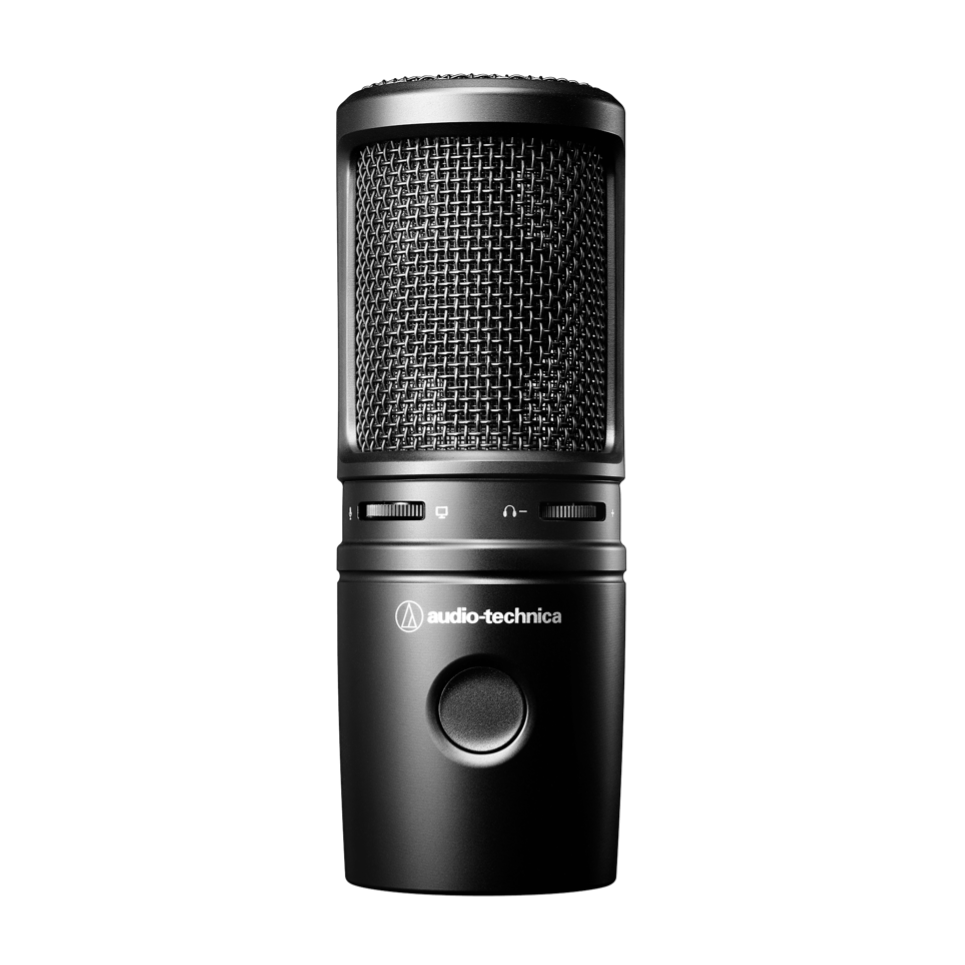
Question: What is the mix control on my USB microphone or audio interface?
Answer: Due to USB microphones and audio interfaces, recording audio in a home studio or into a basic personal computer has become so much easier. With the advent of digital audio not only is it easier to record, but the quality can be equal to what previously could only be achieved in a professional studio.
With a USB microphone or an audio interface the analog signal is converted to digital and sent into the recording program, podcast, or video conference. Nothing could be simpler, but there can be an issue with something called latency. Latency is that awful delay of your voice that you can hear in your headphones or speakers when using a microphone. When you speak into a USB microphone or a microphone connected to an audio interface, the analog signal picked up by the microphone element is converted into a digital signal that your computer can read. Once your computer reads that signal, it needs to be converted back to analog in order to be heard through speakers or headphones. Since the conversion takes time, the user experiences latency – a delay or echo.
So, now that we know why we hear this delay or echo how do we fix it? To quote Matthew McConaughey in the movie Dazed and Confused, “Not to worry!” One way to reduce potential microphone latency is to use a USB mic or interface that has a headphone output. This will allow you to monitor the audio directly from the microphone, before any latency can be introduced (zero latency monitoring). In addition to a headphone volume control, some mics, like our AT2020USB-X, also have a mix control. This is a very nice feature that lets you determine how much of your voice is heard in the headphone output in comparison to the audio coming from your computer. For example, if you are singing to a prerecorded audio track you may want to have the audio track louder than you voice in the headphones. Or you may want the exact opposite. Same for a Zoom or Teams meeting. Using the mix control, you can determine if the voices coming through the application are louder than your voice or vice versa. Your choice!
For more information about latency see this previous Question of the Week. If you have further questions about this subject or any Audio-Technica product, please contact the Audio Solutions Department for additional assistance.